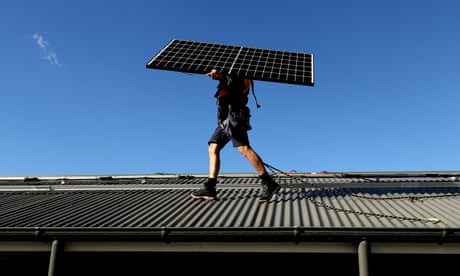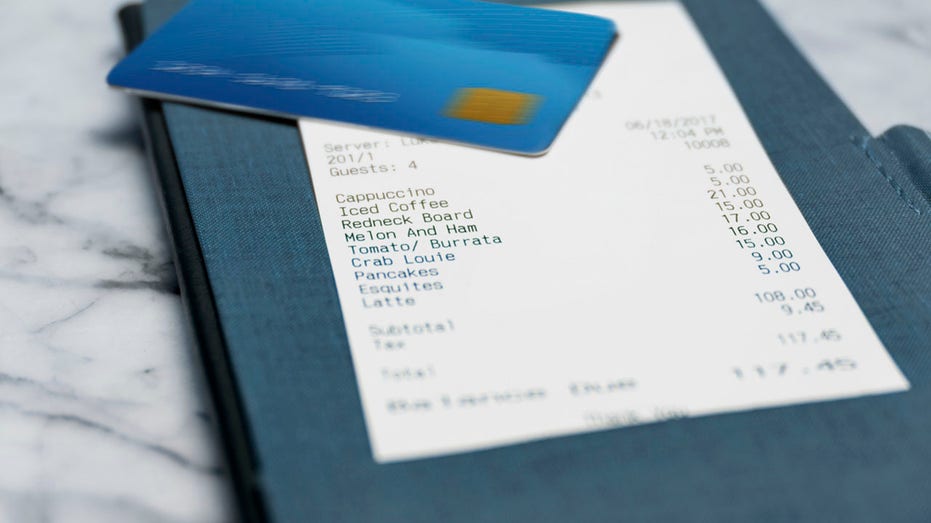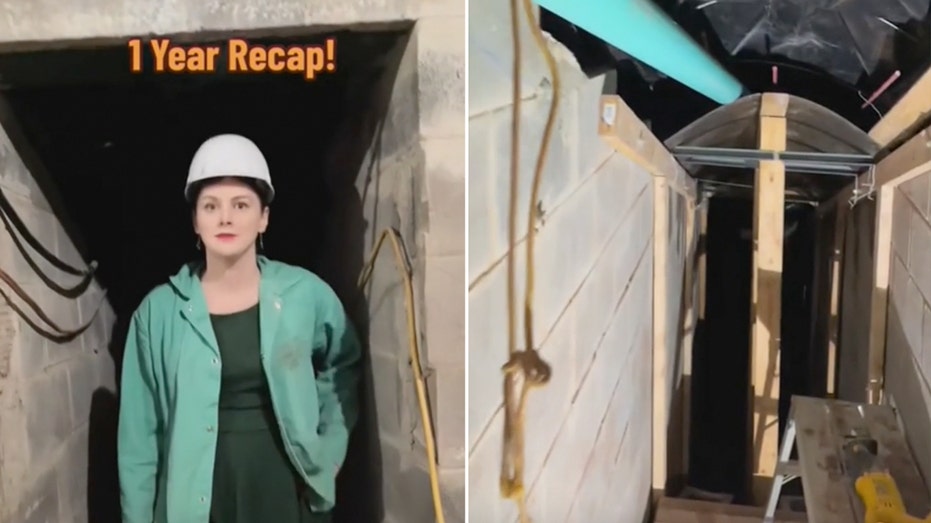- by foxnews
- 15 Mar 2025
Solar already Australia’s largest source of electricity as rooftop capacity hits 20GW, consultancy says
Solar already Australia’s largest source of electricity as rooftop capacity hits 20GW, consultancy says
- by theguardian
- 01 Mar 2023
- in news

Australia's rooftops now boast 20 gigawatts of solar panels and will soon have the capacity to produce more electricity than the country's entire coal industry, according to the industry consultancy SunWiz.
Almost one in three Australian households have solar photovoltaics - or solar panels - the highest penetration in the world. Queensland had the highest share of solar panels installed on dwellings deemed suitable for the technology with an 82% penetration, ahead of South Australia's 78%, New South Wales' 51% and Victoria's 43%.
The take-up of solar PV has quickened. It took about 11 years for Australia to reach its first 10GW of capacity, while the second 10GW took just four years, according to SunWiz.
Combining the household solar panel capacity with the 11GW of large-scale solar plants, "solar energy is already Australia's largest fuel source for electrical power in Australia", according to Warwick Johnston, the managing director of SunWiz.
Once AGL Energy closes the remaining units of its 1680MW Liddell coal-fired power station in NSW's Hunter Valley next month, rooftop solar alone will have more so-called name-plate capacity than Australia's remaining coal fleet, SunWiz said. That measure refers to the output a device is intended to be able to produce.
Queensland's relatively sunny climate has encouraged residents there to host 5.2GW of solar PV, with the 1 millionth rooftop solar panel system to be installed soon. NSW is installing the most additional capacity of any state, with almost 100MW being added monthly, SunWiz said.
Rooftop solar is often the largest supplier of electricity during the middle of the day, helping to drive demand in the national electricity market to record lows, including during the December quarter. The relative abundance of solar power, though, is creating challenges for large-scale generators, particularly operators of coal plants that struggle to ramp output up and down to meet fluctuating demand.
According to a report by Green Energy Markets for the Clean Energy Regulator, the next 10GW of rooftop solar will take just over three years to be installed.
Total installations will near 3GW in 2023 and exceed 3.2GW next year, setting a new annual high after the industry recovered from the Covid-related disruptions to supplies from China.
Consumers, too, are increasingly focused on the prospect of power prices rising and staying high, according to Tristan Edis, director of analysis at Green Energy Markets.
"The price of a system had gone up quite a bit" in 2021-22, at a time when electricity prices had started to drop, Edis said. "And then kind of all hell broke loose with the forward market," he said, referring to future prices on the electricity market.
The Australian Electricity Regulator in May 2022 lifted its default power prices by as much as 20% in a decision delayed by the Morrison government until after the federal election. Since then, the Albanese government has intervened with price caps for coal and gas in a bid to limit the size of further increases.
Households that have solar are also increasingly looking to expand or more likely replace older, smaller units, the Green Energy Markets report said.
"Upgrades and replacements accounted for 19% of total PV capacity installed in 2022 and we expect that this will increase to 27% by 2027," the report said.
SunWiz's Johnston said the market for rooftop solar "is not at saturation point - that's still a long way off".
More households were also taking up larger solar systems particularly if they planned to add batteries or operate electric vehicles. About 15% of solar system installations now also include batteries, he said.
The prospects for large-scale solar, though, were not so promising, at least in the near-term.
"The pipeline of solar farms under development has dried up, and we expect it to be the worst year for solar farms since Australia started their rollout in earnest in 2018," Johnston said.
- by foxnews
- descember 09, 2016
Neighbors react as viral 'Tunnel Girl' granted permit to continue digging massive bunker under home
"Tunnel Girl" in Herndon, Virginia, "finally" got her tunnel project approved after pausing the project due to a potential violation. Locals and social media users react.
read more


